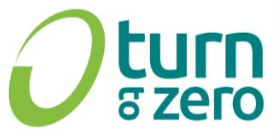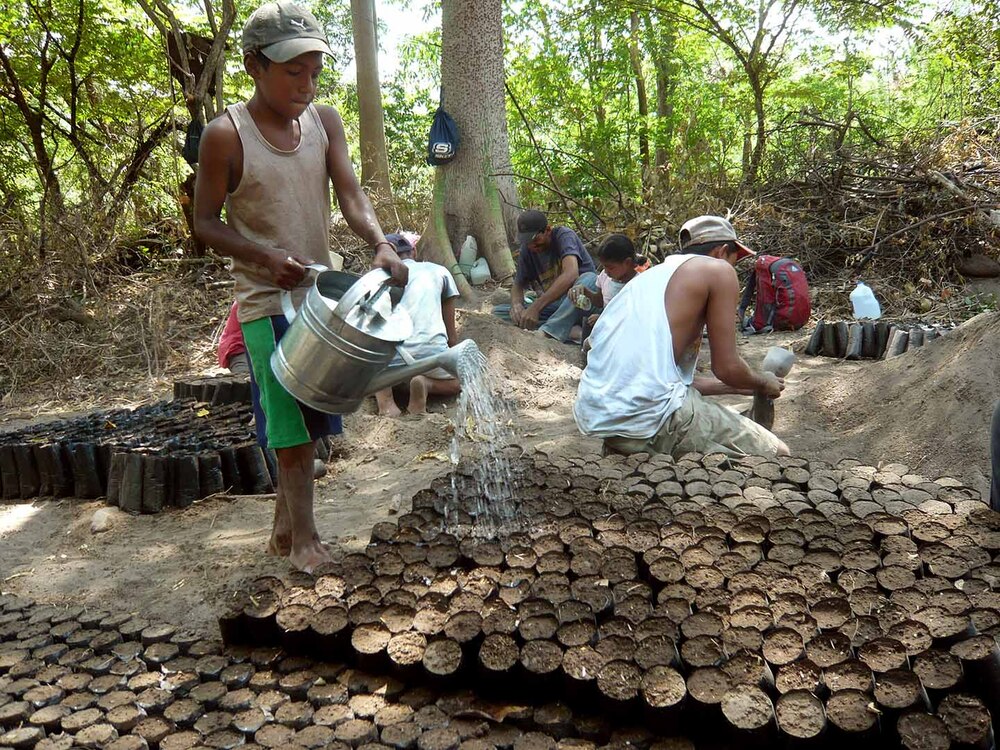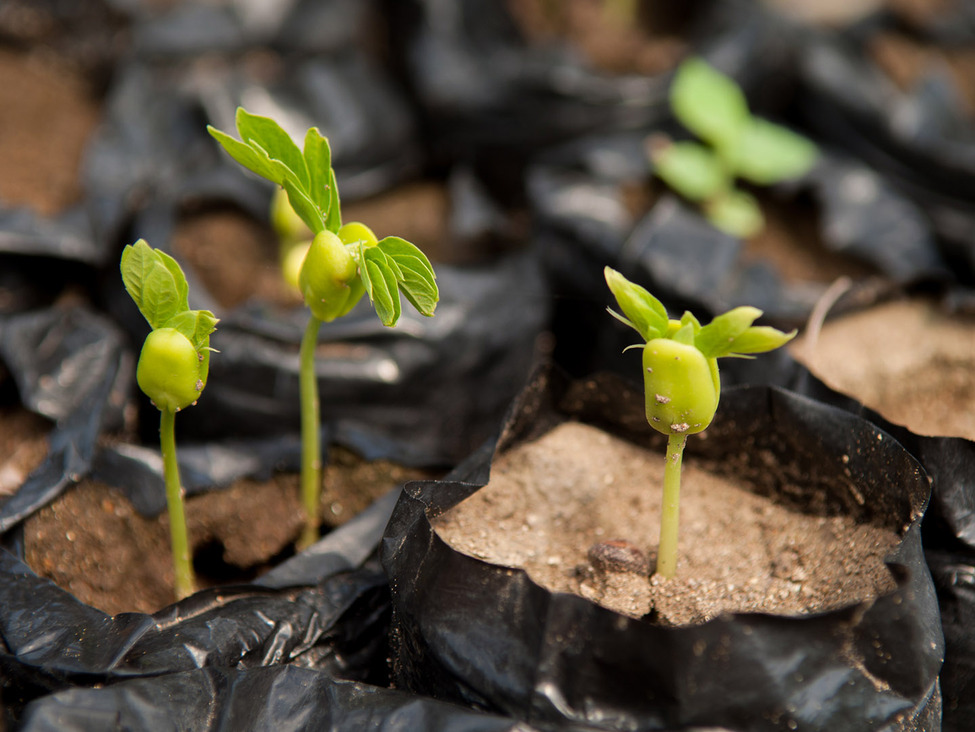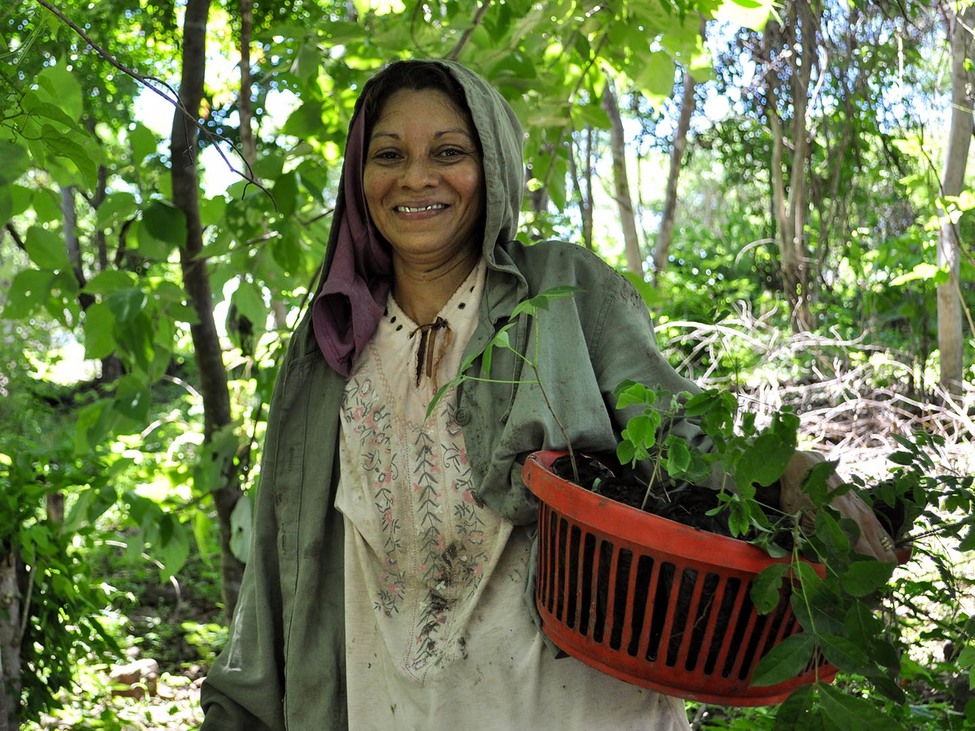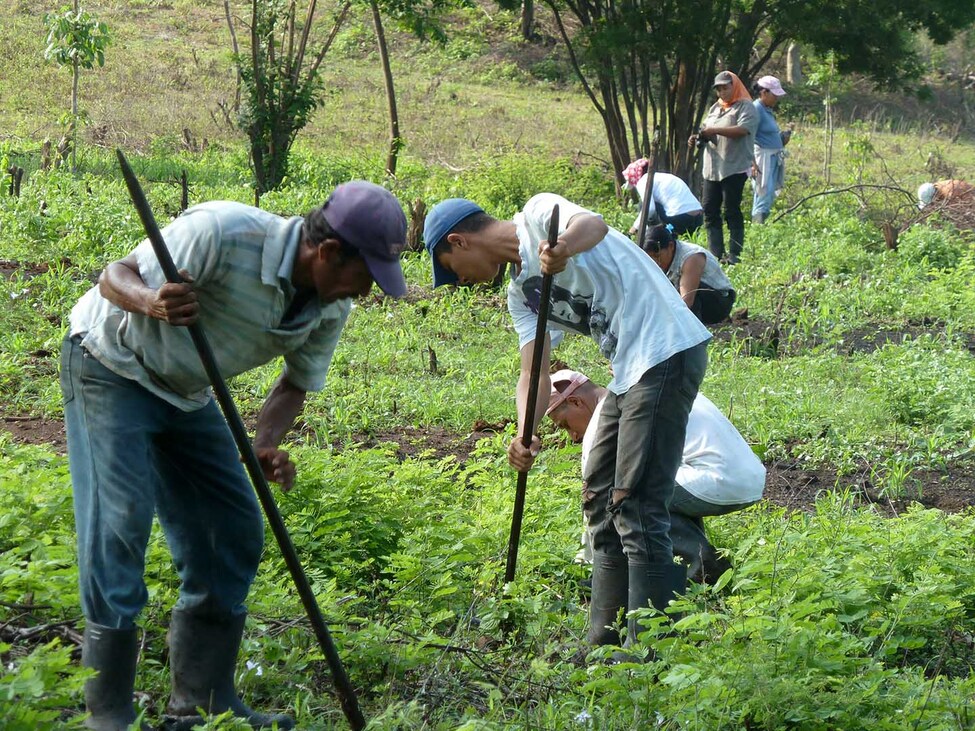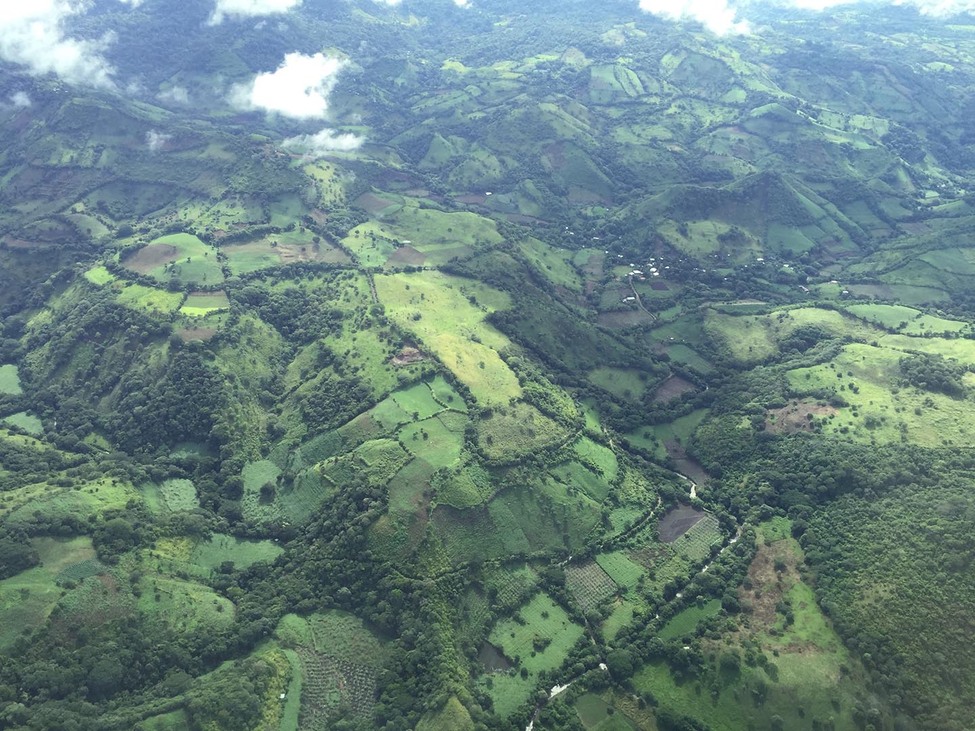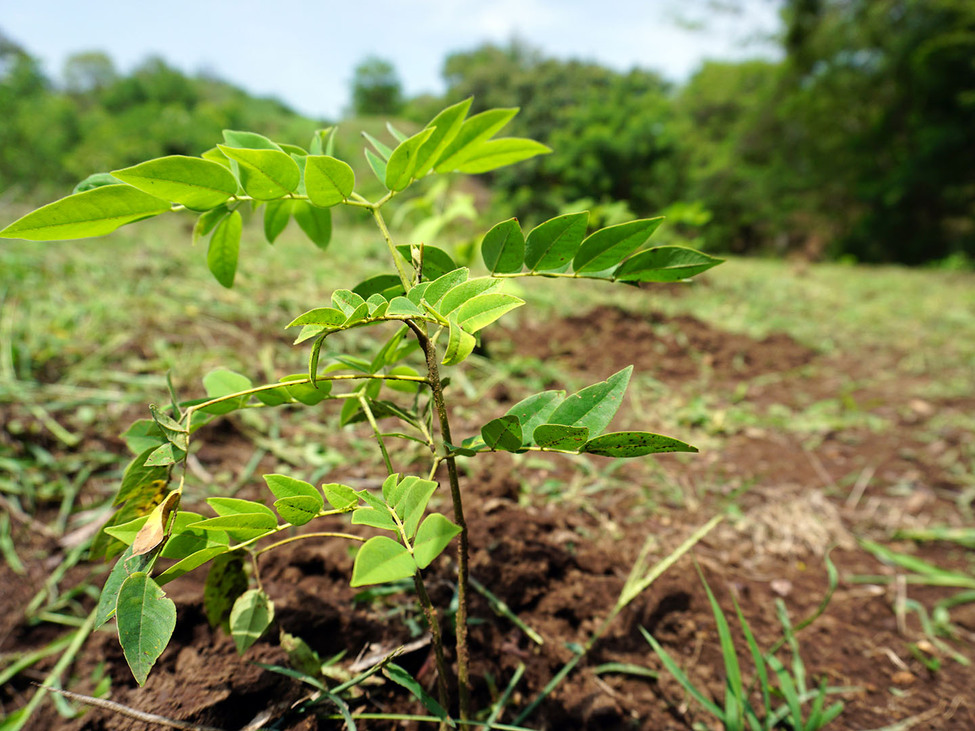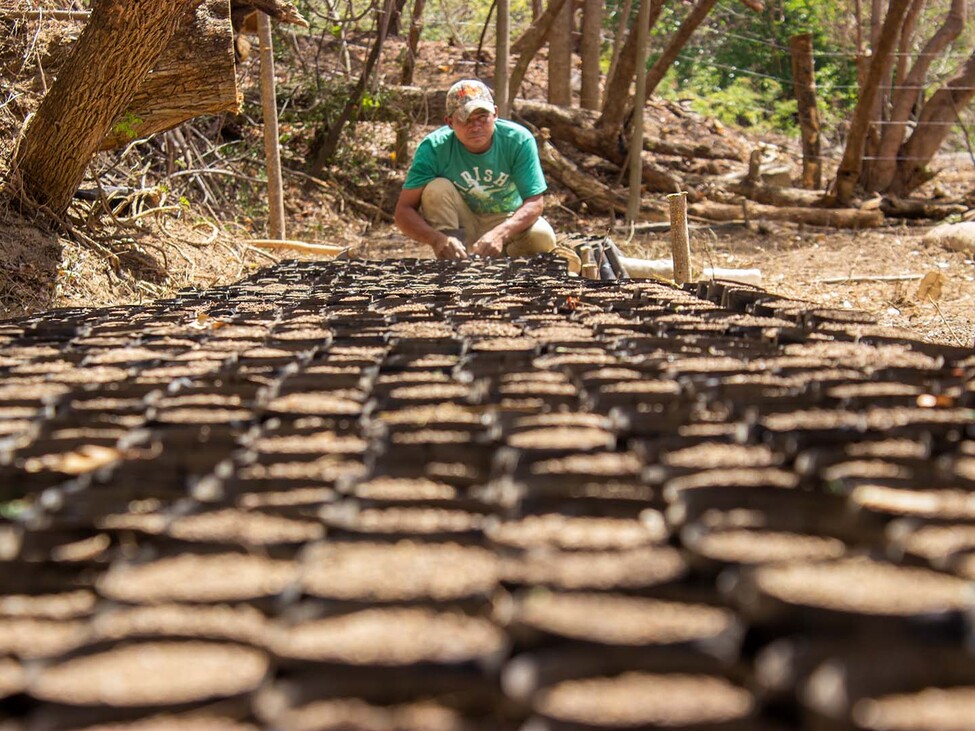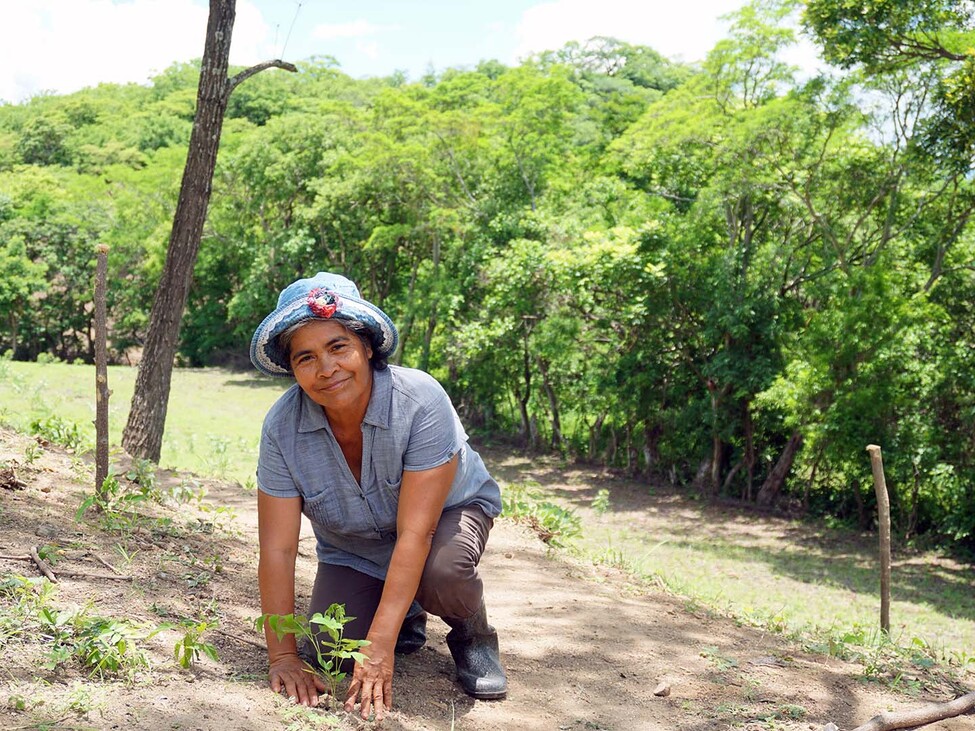Project facts
Project type: Agriculture and forestry
Project location: Nicaragua
Project standard: Plan Vivo
Annual emission reduction: 1.274.911 t in 2022
Project start: January 2010
This community-based reforestation initiative is situated upon a critical watershed that feeds into Nicaragua’s most important estuaries, the Estero Real. This estuary is home to one of the biggest extensions of mangroves and migratory birds in the region, and has been recognized by the Ramsar Convention on Wetlands of International Importance. By reforesting this region, the programme plays an important role in regulating the hydrological cycle, providing important water and biodiversity benefits both locally and internationally and improves the quality of life of smallholder farmers.
